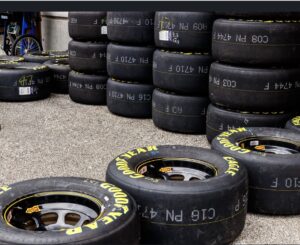Recycling Racing Tires
Goodyear and Liberty Tire Recycling partnership converts spent NASCAR tires into new use as mulch and more
After a few dozen laps, around the NASCAR Chicago Street Race course, race tires wear down. losing their grip and ending their useful life.
“And at a certain point, that’s got to be dealt with. We came to the realization that there had to be a new use for these tires, and that’s where we’re at today,” Rick Heinrich, Goodyear’s product manager for NASCAR, said.
Each NASCAR race weekend, most of the 3,000 tires provided by Goodyear Racing make their way to Liberty Tire Recycling where they are downsized and processed into different types of tire-derived material for use as fuel, in the manufacture of everyday products, construction materials, commercial, industrial, transportation and highway products and applications
“When they’re not usable anymore on the track, they’re very suitable when they’re turned into a different type of product to make other things, things that are all around us,” Heinrich said.
In 2024, a total of 215 million tires — including 92,588 from NASCAR — were recycled by Liberty, a company based in North Carolina that collects and processes racing, as well as auto and truck tires, from all across North America, according to spokesperson John Dowdy.
At a Liberty facility in Concord, North Carolina, NASCAR racing tires are shredded into quarter-sized chips that can be used as aggregate in roadbeds, landfill liners and landscaping products.
 “It’s a perfect example of sustainability,” Heinrich said. “You’re taking stuff that’s worn out, you can’t use it again for what it was originally built for, but it goes into something else. Nothing is wasted.”
“It’s a perfect example of sustainability,” Heinrich said. “You’re taking stuff that’s worn out, you can’t use it again for what it was originally built for, but it goes into something else. Nothing is wasted.”
The shredded tires can also be used as a more efficient fuel to power kilns and boilers in concrete factories, electric plants and pulp and paper mills
IMC Outdoor Living, a division of Liberty in the village of Godfrey in southwest Illinois, makes fully recycled rubber products out of tires for both residential and commercial landscaping. One of these products is rubber mulch, with a realistic texture that makes it look just like its wood counterpart, and which can be used to cover the ground in playgrounds and parks, making it safe for children to jump and land on.
In 2024, the company gave a second life to 4.7 billion pounds of rubber, Dowdy said. That material might otherwise have been disposed of illegally.
These recycled products also eliminate the need to produce entirely new ones, which would entail deforestation. Processing synthetic rubber is an energy-intensive process that can cause pollution, too.
“What we ultimately want to do is, we want to replace virgin rubber in as many goods as we possibly can,” Dowdy said.
Other Liberty recycling facilities grind up the tires into an even smaller end product: crumb rubber. Crumb rubber is at most 0.25 inches, and a single passenger car tire can produce some 10 to 12 pounds of the product.
In one of its main uses, crumb rubber is mixed into asphalt to make it more durable and resistant to cracking.
© Scrap Tire News, August 2025






